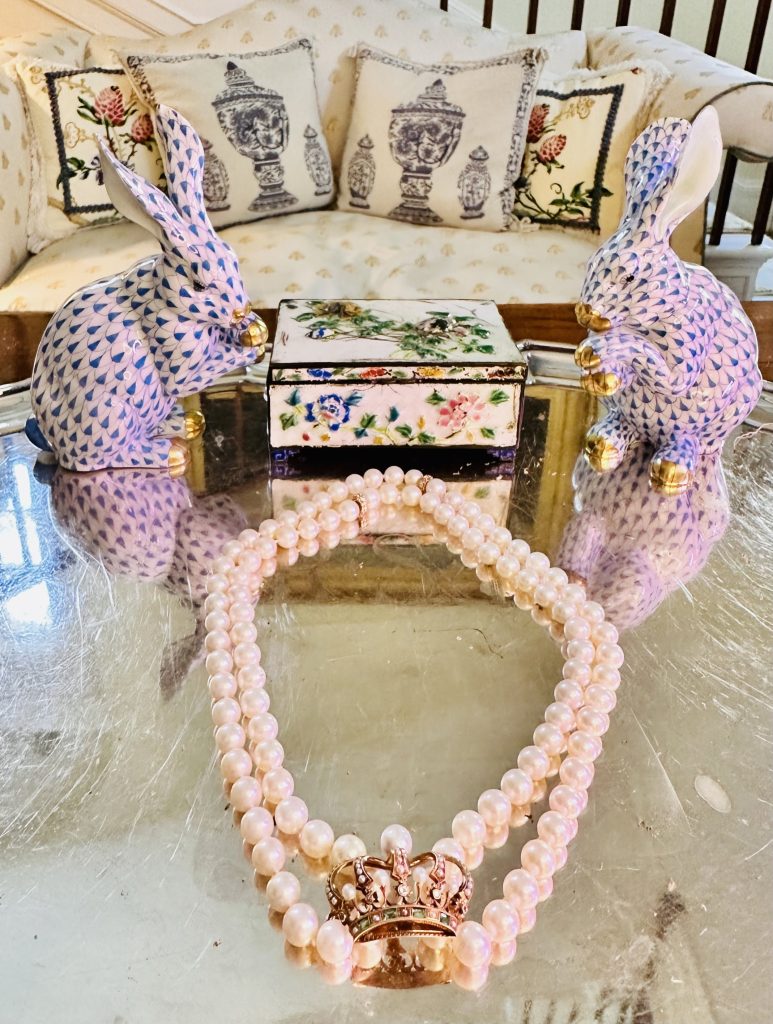The Allure of Pink Pearls
Pink pearls exude a sense of romance and sophistication that is hard to match. Their subtle, rosy tint can range from a pale pink to deeper shades, sometimes with overtones of lavender or peach. This unique coloring results from the specific conditions in which the pearls form, including the type of oyster, the water quality, and the particular environmental factors.
Unlike the more commonly known white and black pearls, pink pearls offer a delicate and understated elegance. They are often associated with femininity, grace, and love, making them a popular choice for romantic gifts and bridal jewelry. The gentle hue of pink pearls complements a wide range of skin tones, adding a touch of warmth and glow to the wearer.
The Origins of Pink Pearls
Pink pearls are primarily sourced from the Akoya and Freshwater oysters, with notable production in regions such as Japan, China, and the United States. These pearls are typically smaller in size compared to their South Sea and Tahitian counterparts but are highly valued for their luster and roundness.
The process of cultivating pink pearls is intricate and requires meticulous care. It involves the insertion of a nucleus into the oyster, which then secretes layers of nacre around the irritant, forming a pearl over time. The resulting gem is a testament to the harmonious interplay between nature and human craftsmanship.
Historical Significance and Cultural Impact
Throughout history, pearls have been treasured by various cultures for their beauty and rarity. In ancient Rome, pearls were considered a symbol of wealth and status, while in the Middle Ages, they were believed to possess mystical and healing properties.
Pink pearls, in particular, have held a special place in different cultural narratives. In Chinese culture, pearls are associated with wisdom and longevity, often gifted to signify prosperity and good fortune. In Western cultures, pink pearls have become synonymous with elegance and are a favorite among royalty and celebrities alike.
Modern-Day Popularity
In contemporary fashion, pink pearls have seen a resurgence in popularity. Designers and jewelers are increasingly incorporating these gems into their collections, recognizing their versatility and timeless appeal. From classic pearl necklaces and earrings to modern, avant-garde designs, pink pearls are making a statement on runways and in high-end boutiques.
The versatility of pink pearls allows them to be styled in various ways. They can be paired with other gemstones to create intricate and colorful pieces or worn alone for a more minimalist and chic look. Whether adorning a simple strand necklace or set in an elaborate ring, pink pearls add a touch of refinement to any outfit.
Caring for Pink Pearls
To maintain the beauty and luster of pink pearls, proper care is essential. Pearls are relatively soft compared to other gemstones, making them susceptible to scratches and damage. It is recommended to store them separately from other jewelry, ideally in a soft pouch or lined box.
When wearing pink pearls, it is advisable to put them on last, after applying makeup, perfume, and hairspray, as these substances can damage the nacre. Regular cleaning with a soft, damp cloth will help maintain their shine, but it is best to avoid using harsh chemicals or abrasive materials.
Conclusion
Pink pearls are a timeless classic that embodies elegance, sophistication, and a touch of romance. Their unique beauty and versatility make them a cherished addition to any jewelry collection. As we continue to celebrate the allure of these precious gems, pink pearls remain a testament to the enduring appeal of nature’s finest creations.
FAQs
1. What gives pink pearls their color? Pink pearls get their distinctive hue from the specific conditions in which they form, including the type of oyster, water quality, and environmental factors. The presence of certain pigments and organic substances in the nacre also contributes to their color.
2. Are pink pearls more valuable than white pearls? The value of pink pearls compared to white pearls depends on various factors such as size, luster, shape, and overall quality. While some pink pearls can be more valuable, it ultimately depends on individual characteristics and market demand.
3. How can I tell if a pink pearl is real? Real pink pearls will have a unique luster and feel slightly gritty when rubbed against your teeth. Fake pearls often feel smooth and may be made of glass or plastic. Consulting a reputable jeweler can provide confirmation of authenticity.
4. Can pink pearls change color over time? With proper care, pink pearls should maintain their color. However, exposure to sunlight, heat, and chemicals can potentially alter their appearance. Storing them properly and avoiding harsh conditions will help preserve their beauty.
5. What types of jewelry commonly feature pink pearls? Pink pearls are commonly used in necklaces, earrings, bracelets, and rings. They are also popular in bridal jewelry and special occasion pieces due to their romantic and elegant appeal.

